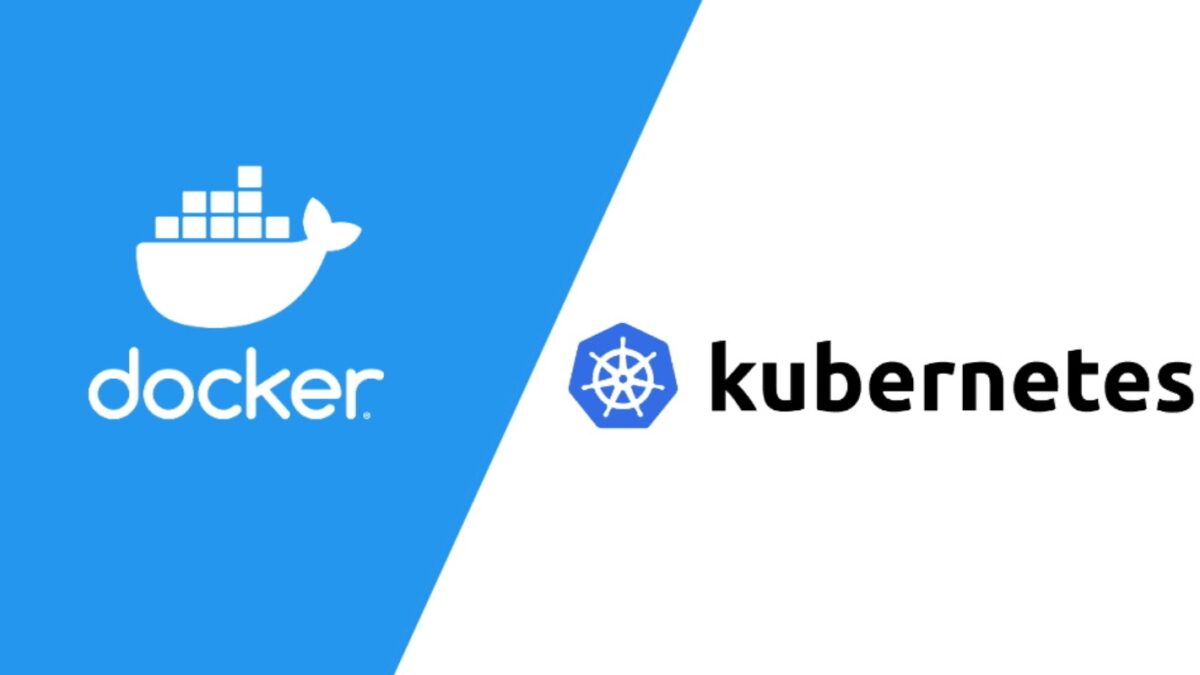Data Reconciliation - Achieving Data Harmony
In today's data-driven world, organizations rely heavily on different heterogenous databases to store and manage their crucial information. Organizations may find themselves operating with multiple databases due to system migrations, mergers, or diversification of data storage.

By verifying and aligning data across these systems, organizations can achieve data accuracy, consistency, and integrity. The benefits include improved decision-making, enhanced operational efficiency, compliance with regulations, and better customer experiences. Ultimately, data reconciliation empowers businesses to unleash the full potential of their assets, driving success and growth in today's competitive landscape.
Consequently, reconciling data across two or more databases becomes a paramount challenge.
Key Challenges of Data Reconciliation:
- Data Mapping: Matching equivalent data fields between databases can be daunting, especially when the databases have different structures or naming conventions.
- Volume and Complexity: Large datasets and diverse data types can make the reconciliation process overwhelming and time-consuming.
- Data Quality: Inconsistent data quality between databases can lead to erroneous reconciliation results and flawed decision-making.
- Time Sensitivity: Real-time data synchronization is vital for certain applications, and any delays in reconciliation can impact critical business operations.
Effective Strategies for Data Reconciliation:
- Standardize Data Formats: Before initiating reconciliation, ensure that both databases adhere to a standardized data format and naming convention. This helps streamline the matching process.
- Data Profiling and Pre-processing : Conduct thorough data profiling to understand the structure and characteristics of each database. Pre-process the data to handle missing values and outliers, enhancing the accuracy of the reconciliation process.
- Identify Unique Identifiers: Establish unique identifiers in both databases to map and match corresponding records accurately.
- Implement Automated Reconciliation: Automation reduces human errors and accelerates the reconciliation process. Create custom reconciliation scripts or use dedicated software to facilitate seamless data matching.
- Perform Regular Data Audits: Conduct periodic data audits to identify inconsistencies early on and maintain data accuracy over time.
- Address Data Conflicts: Develop predefined rules to resolve conflicts when discrepancies arise, ensuring a consistent approach to handling variations.
- Monitor and Review: Continuous monitoring of data reconciliation processes is essential to detect any anomalies or emerging patterns that may require attention.
NILESH DESHMUKH
CDO & CIO
PibyThree



